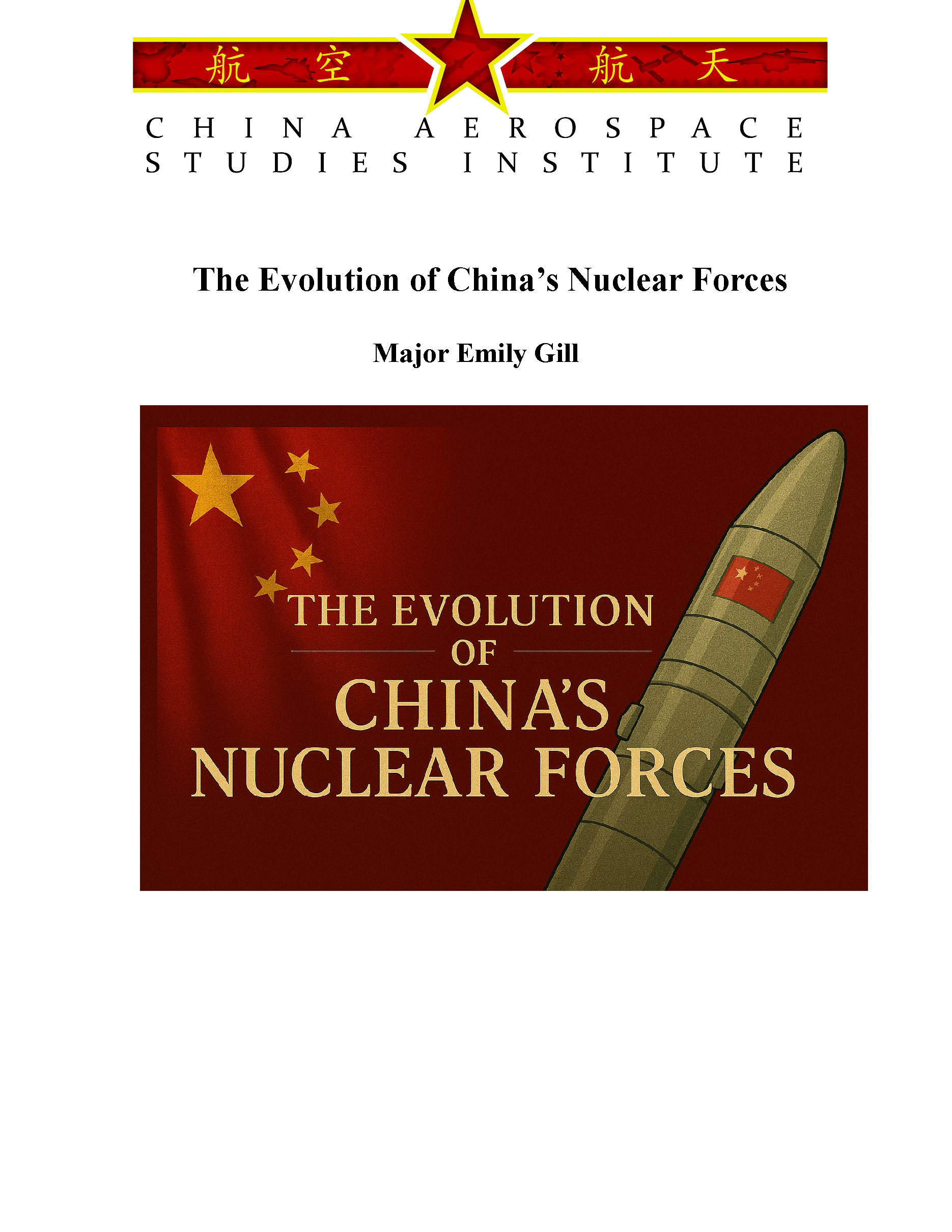In recent years, China has embarked on the most significant transformation of its nuclear forces in its history. U.S. Department of Defense (DoD) projections indicate the People’s Republic of China (PRC) could field over 1,000 nuclear warheads by 2030.[i] The scope and speed of this buildup have raised fundamental questions about China’s evolving nuclear strategy, its long-term intentions, and the future of strategic stability in the Indo-Pacific and beyond. While Beijing continues to affirm its longstanding No First Use (NFU) policy and officially characterizes its arsenal as a retaliatory force, the trajectory of China’s modernization tells a more complex story, one that its traditional conceptions of minimum deterrence cannot fully explain. To understand the significance of China’s nuclear modernization, it is essential to examine the historical and doctrinal roots of its nuclear posture and assess how technological advancements, shifting threat perceptions, and political ambition have converged to drive recent changes. From Mao Zedong’s ideological dismissal of nuclear coercion to the creation of a survivable, if limited, second-strike force during the Cold War, China’s approach to nuclear deterrence has long been defined by strategic restraint. But today, as its arsenal grows in size, sophistication, and responsiveness, the balance between restraint and ambition appears to be shifting.
This paper argues that China’s nuclear modernization is not simply a reactive effort to preserve deterrence in the face of improved U.S. capabilities, nor is it merely a symbolic expression of ambitions for great power status. Rather, it represents a strategic recalibration shaped by both defensive concerns and political motivations, one that preserves continuity with China’s past but introduces the potential for changes in its nuclear strategy. While there is strong evidence that China’s NFU policy remains a genuine, self-imposed constraint, the expansion of nuclear capabilities, particularly launch-on-warning systems, lower-yield warheads, and dual-capable platforms, creates new space for ambiguity in interpreting their nuclear intentions. A divergence between policy and posture raises the risk that China’s deterrence strategy may evolve in practice even without formal doctrinal changes.
The implications of this shift are profound. China’s nuclear weapons have historically served as a backstop for sovereignty and regime survival; they now increasingly support a more assertive regional posture and may contribute to counter-intervention strategies designed to deter U.S. involvement in a Taiwan contingency or broader Indo-Pacific conflict. As Beijing’s arsenal becomes more flexible and survivable, it complicates traditional assumptions about crisis stability, extended deterrence, and arms control. For the United States, the challenge is not only to deter nuclear use, but also to manage the strategic ambiguity China increasingly exploits across conventional, nuclear, space, and cyber domains. To that end, U.S. policy must rely on interlocking principles of credibility, clarity, restraint, and communication.
Click here for the full report
